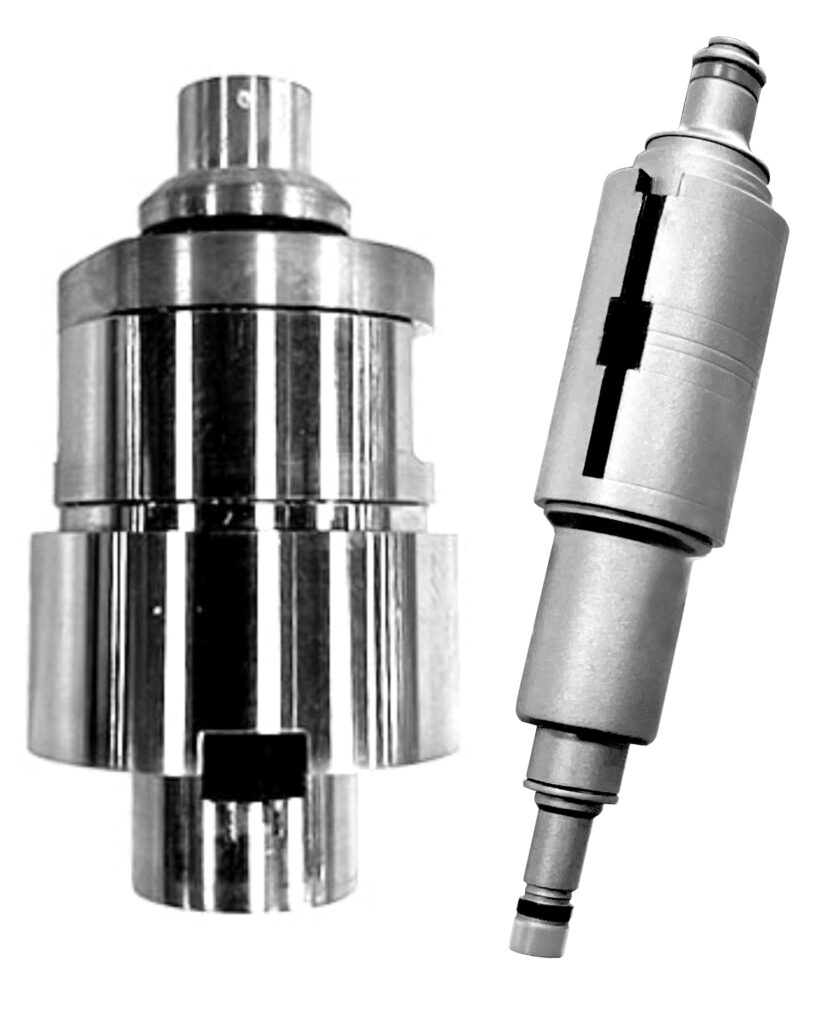The drive toward decarbonizing ICE took a leap at the 2023 Detroit Auto Show with Stanadyne’s introduction of a hydrogen injector design platform for light-, medium-, and heavy-duty vehicles – a platform that also applies to industrial engine and power generation applications. As described by Stanadyne, the new platform improves combustion efficiency and performance across multiple fueling applications.
“Our new platform for hydrogen injectors will allow decarbonization on some of the most challenging vehicle applications in the industry,” said Dr. Bradlee Stroia, Stanadyne Chief Technology Officer. “It allows our customers to improve combustion efficiency and performance on a wider variety of programs.”
Direct & Port Injection
The Stanadyne platform’s two design options include a high-pressure direct injector capable of fueling applications that range from 25 to 200 kW per cylinder and a high-flow port injector capable of high gaseous fuel flow rates.
Both direct and port fuel injection are common in gasoline engines. A key advantage of direct injection is that a cooler air and fuel mixture is injected directly into the cylinder, making a higher compression ratio possible for greater performance and efficiency. The advantage of port injection is it naturally cleans the valves with every fuel spray. It’s also simpler, more reliable, and costs less to implement.
According to Stanadyne, their two new designs offer high-performance pressure and flow capability and have a particular emphasis on material selection for durability and reliability. The high-pressure direct injector operates on 12- or 24-volt architectures and can deliver gaseous fuel flow in pressures up to 300 bar. As described by Stanadyne, it has patent-pending features for scalable high-fuel flow and uses fast response valve technology. Importantly, it addresses hydrogen’s embrittlement and erosion issues and provides robust gas sealing.

Modular Platform
Meanwhile, the high-flow port injector can deliver gaseous fuel flow in pressures up to 15 bar and also has patent-pending features for scalable, precise flow control. It has robust gas sealing, fast response valve technology, and a hydrogen diffusion-resistant design and materials. Stanadyne customers will likely appreciate that the platform is modular and scalable, allowing it to be packaged to meet various port-injected and direct-injected fuel delivery needs.
“Extra effort was made in the design of the injectors to allow them to be technology-neutral in their applications,” said Dr. Stroia. “They can be used to deliver other alternate gaseous fuels with minor modifications to the base design.”
The company demonstrated both designs during the 2023 Detroit Auto Show.


